How to Employ Solids of Revolution
Solids of revolution involve creating 3D shapes by rotating a 2D curve around an axis. Calculated using integral calculus, they're key in engineering and physics for determining volumes of complex objects, offering insight into real-world geometric shapes through mathematical principles.
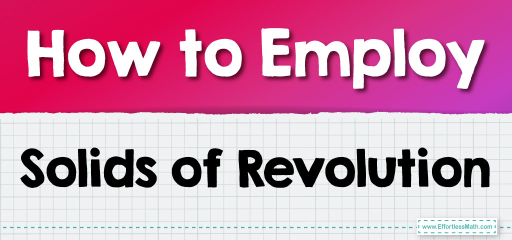
Solids of revolution, beyond volume calculation, are foundational in manufacturing and architectural design for creating symmetrical objects. Techniques like the disk and washer methods, and shell integration, allow precise computation of these shapes. They also play a role in computer graphics for rendering rotational objects and in astronomy for modeling celestial bodies, demonstrating the wide-ranging implications of this mathematical concept.
For solids of revolution, there are primarily three methods: the Disk Method, the Washer Method, and the Shell Method. Each is designed to handle different types of rotational solids. The Cross-Section Method, while often discussed in the same context, is a more general volume calculation method used for a wide range of solids, not just those generated by revolution.
Three Techniques for Solids of Revolution:
- Disk Method: Rotates a curve around an axis, forming a solid with disk-shaped cross sections. Used for simple, continuous curves.
- Washer Method: Similar to the disk method but accounts for a hole in the middle, creating washer-shaped cross sections.
- Shell Method: Revolves a curve around an axis outside the curve, forming cylindrical shells. Useful for hollow objects.
- Cylindrical Cross-Sections: Slices the solid into cylindrical pieces perpendicular to the axis of rotation, ideal for more complex shapes.
Why Each Method Matters:
Each method is tailored to specific types of problems based on the geometry of the solid being formed. The disk and washer methods are ideal for solids with simple, continuous boundaries, where the axis of rotation intersects the curve. The washer method extends this to include solids with hollow centers. The shell method, on the other hand, is more suited for solids where the axis of rotation is outside the curve, often simplifying calculations. Cylindrical cross-sections are used for more complex shapes, offering flexibility in handling a variety of rotational solids. Understanding the differences is crucial for choosing the most efficient method to calculate volume and surface area accurately.
Related to This Article
More math articles
- The Best PERT Math Worksheets: FREE & Printable
- Algebra Puzzle – Challenge 42
- Best Calculators for CA Exams
- FREE 4th Grade PARCC Math Practice Test
- CLEP College Algebra FREE Sample Practice Questions
- How to Write Linear Functions Word Problems
- 5th Grade Scantron Math Worksheets: FREE & Printable
- Top 10 8th Grade Georgia Milestones Assessment System Math Practice Questions
- How to Solve Equations with Multiple Angles
- How to Solve Systems of Equations with Substitution?
















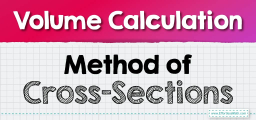


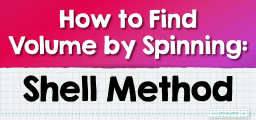
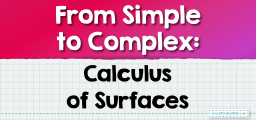
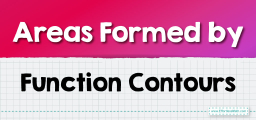

What people say about "How to Employ Solids of Revolution - Effortless Math: We Help Students Learn to LOVE Mathematics"?
No one replied yet.